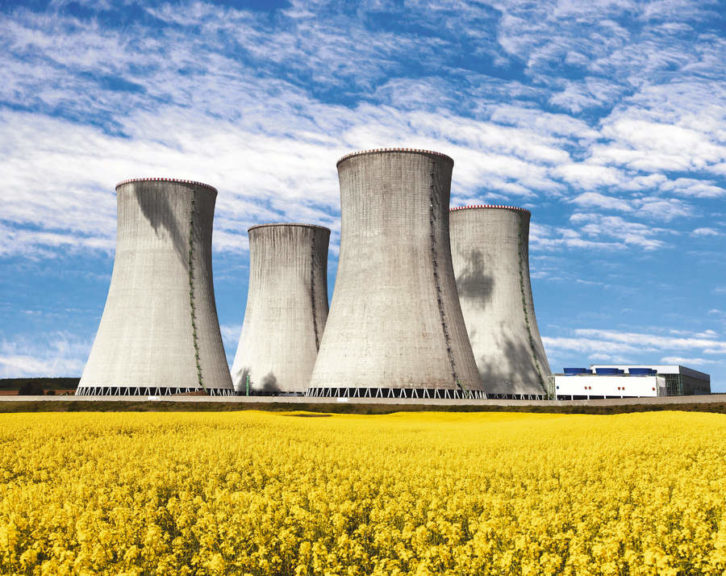UNESCO and UCL have published a report into reducing energy use in Large Language Models (LLM).
With a mandate to support the digital transformation of its 194 Member States, UNESCO aims to provide insights into the development of sustainable, energy-efficient AI policies.
More than a billion people use generative AI solutions on a daily basis, with each interaction consuming around 0.34 watt-hours of energy, which equates to 310 gigawatt-hours per annum—the same annual electricity use of more than three million people in a low-income African country, said the organisation.
Informed by the findings of a team of UCL computer scientists, the report identified three innovations which deliver “substantial” reductions in LLM energy usage without compromising the solutions’ accuracy.
- Small models tailored to task can cut energy use by up to 90 per cent. Currently, users rely on large, general-purpose models for all their needs. The research shows that using smaller models tailored to specific tasks—like translation or summarisation—can cut energy use significantly without losing performance. Developers also have a role to play in the design process: the so-called ‘mixture of experts’ model is an on-demand system incorporating many smaller, specialised models.
- Shorter, more concise prompts and responses can reduce energy use by over 50 per cent.
- Model-compression can save up to 44 per cent in energy. Reducing the size of models through techniques such as quantization helps them use less energy while maintaining accuracy.
Most AI infrastructure is currently concentrated in high-income countries, leaving others behind and deepening global inequalities. According to the ITU, only 5 per cent of Africa’s AI talent has access to the computing power needed to build or use generative AI. The three techniques explored in the report are particularly useful in low-resource settings, where energy and water are scarce; small models are much more accessible in low-resource environments with limited connectivity.

Acknowledging that the majority of AI infrastructure is located in high-income countries, the report highlights that these three techniques will have significant impacts in low-resource territories, where there is scarcity in energy and water use. Small models are more accessible in environments with limited connectivity.
The report calls on governments and industry to invest in R&D and AI literacy, equipping users with the knowledge to understand the environmental impact of their AI usage.
Tawfik Jelassi, UNESCO’s assistant director-general for communication and information, said, “Generative AI’s annual energy footprint is already equivalent to that of a low-income country, and it is growing exponentially. To make AI more sustainable, we need a paradigm shift in how we use it, and we must educate consumers about what they can do to reduce their environmental impact.”







